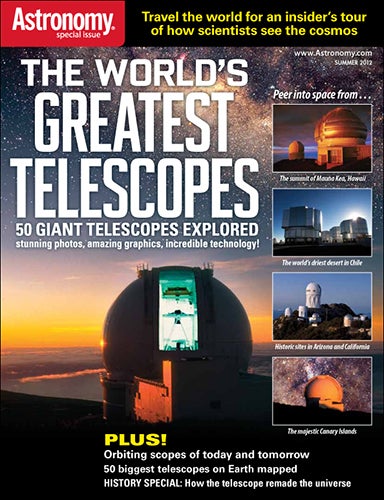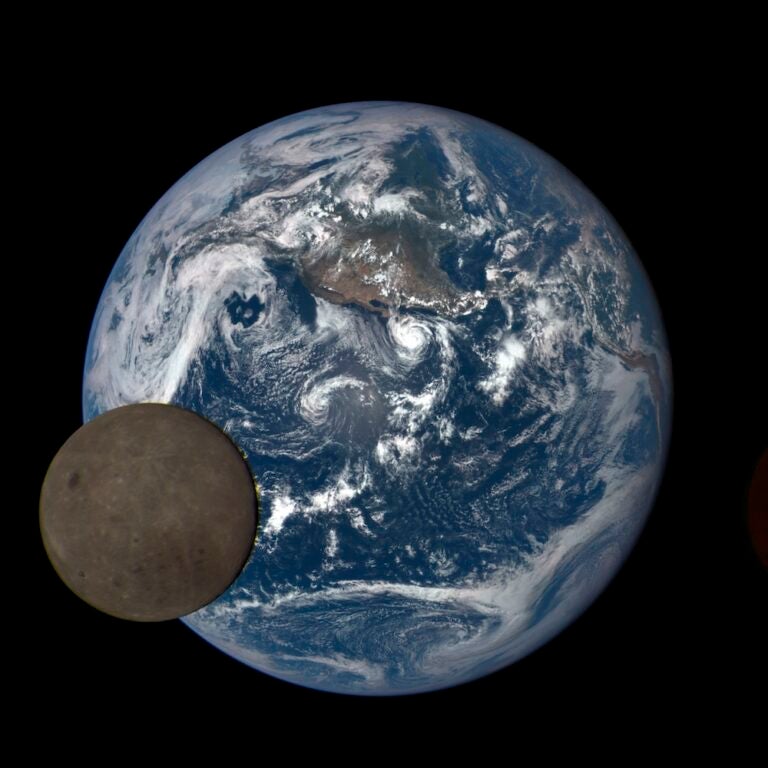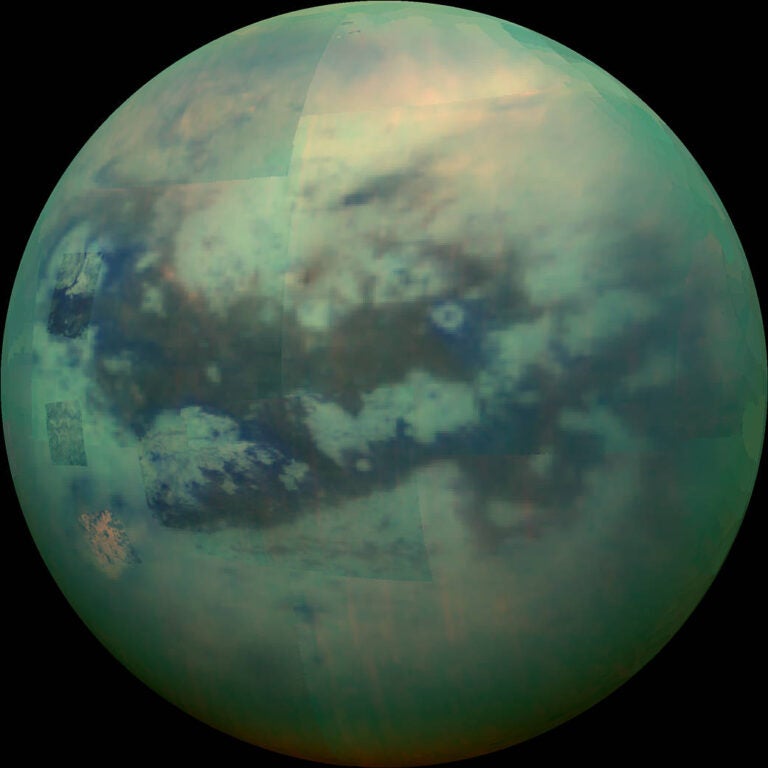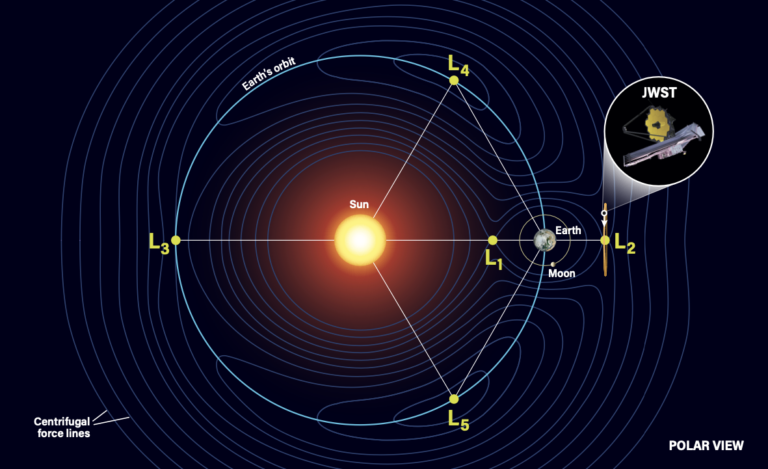
Waukesha, WI — Sometime during the first decade of the 17th century, Dutch spectacle makers figured out how to make distant objects appear closer by arranging two lenses just so. At the time, most people didn’t think of the new instrument as anything more than an entertaining diversion.But when Italian scientist Galileo Galilei (1564–1642) got wind of the invention, he immediately saw its potential. He quickly built a better version and in 1609 turned it toward the sky. He saw stars in the band of the Milky Way, mountains on the Moon, satellites orbiting Jupiter, and Venus going through phases. Galileo’s observations transformed astronomy, science, and society in general.In the three centuries following Galileo’s findings, astronomers continued to build bigger and better telescopes. Yet these sophisticated instruments typically remained close to the people and institutions that paid for them. In the days before light pollution destroyed the night skies near population centers, no one thought twice about placing telescopes in the heart of a city or on a college campus. And in an age when transportation was neither easy nor cheap, convenience usually won arguments about where to erect observatories.In the 20th century, however, the science of telescope making exploded. Scientists could cast, grind, and polish large mirrors with exquisite precision. The people who paid for these giant scopes wanted them used as often as possible and under the best conditions. Isolation became necessary to avoid the lights of civilization. Clear weather maximized the number of observing hours during the year. And a steady atmosphere overhead guaranteed the crisp images that these new telescopes could deliver.Today, a map of the world’s great observatories skews heavily toward such sites. More than 80 percent of the world’s largest telescopes now reside on mountaintops in either the southwestern United States, Hawaii, Chile, or the Canary Islands.Fortunately, travel today is much more convenient and less expensive than what our ancestors faced 100 years ago. An astronomy enthusiast can make a pilgrimage to many of these sites. Seven days focused on
the great observatories of the American Southwest will get you to nearly one-quarter of the world’s largest scopes — and a plethora of other important instruments.A solid week will get you to an equal number of giant scopes in the high desert of Chile. And you can
see almost as many of these modern marvels in a single day at Hawaii’s Mauna Kea or the Canary Islands’ Caldera de Taburiente (although I’d recommend spending a bit more time in these scenic locales).Scientists have come a long way since Galileo first pointed his 1-inch telescope toward the heavens. He would be amazed at the tools astronomers now use routinely to explore the cosmos. And you will be, too, if you take the time to visit these wondrous places, either in person or through the pages of Astronomy’s latest special publication, The World’s Greatest Telescopes.The World’s Greatest Telescopes is available at Barnes & Noble, Books•A•Million, and many other bookstores and newsstands around the world, as well as Walmart, Target, and most major supermarket chains in the U.S. and Canada. For more information or to order directly from Kalmbach Publishing Co., call 800-533-6644 or visit www.Astronomy.com/Telescopes.









